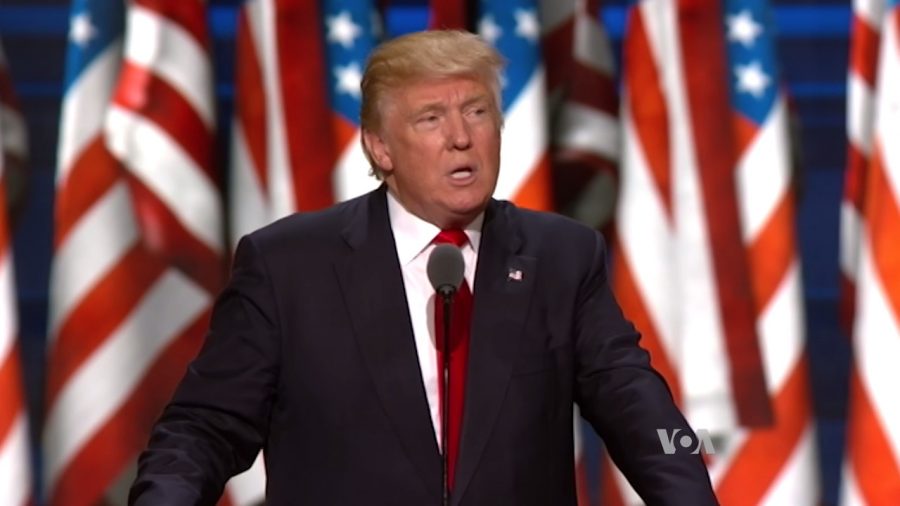What is impeachment and how does it work?
Impeachment has been one of the most important words in the past few weeks. Speaker Nancy Pelosi announced a formal probe in President Donald Trump’s misconduct following the release of a phone call with Ukraine.
President Trump is the fourth president to face an impeachment proceeding. Andrew Johnson and Bill Clinton were both impeached, but neither were removed from office. Richard Nixon faced impeachment but resigned before there could be a vote.
Impeachment is one of Congress’ checks on the executive branch. It’s a process detailed in the Constitution, but what does it really mean?
What is impeachment?
Impeachment refers to a vote by the US House of Representatives that charges a high-ranking government official of misconduct and begins the process of removal from office. A president can be impeached but not removed from office (seen in the case of both President Johnson and President Clinton). The Senate has the power to convict and remove the power from office.
Is President Trump being impeached?
Sort of.
On Sept. 24, Speaker Pelosi announced a formal probe into President Trump’s misconduct. If there is sufficient evidence of misconduct, the U.S. House of Representatives will vote on one or more articles of impeachment. A simple majority vote by the House will impeach the President, but that will not remove him from office.
On Oct. 15, Pelosi said that there would be no vote in the House to officially begin impeachment proceedings yet.
What are the steps in an impeachment proceeding?
There are four major steps in the process of impeachment.
Step 1: The inquiry
A committee in the House of Representatives starts an investigation into the president’s misconduct.
*This is where Trump’s impeachment proceedings currently stand.
Step 2: The House of Representatives vote
The House holds a floor vote on one or more articles of impeachment. With a simple majority, the House impeaches the president. Democrats currently control the House.
Step 3: The Senate holds a trial
The articles of impeachment that were passed by the House of Representatives get sent to the Senate where they hold a formal trial.
Step 4: The Senate Conviction
After the trial, the Senate would vote to convict the president. If there is a two-thirds majority to convict the president, he will be removed from office. Anything less and the president would remain in the office. Republicans currently control the Senate.
On what grounds can a president be impeached?
A president can be impeached on three grounds: treason, bribery, or other high crimes and misdemeanors (Article II Section 4).
President Johnson, Nixon and Clinton were all convicted on the grounds of high crimes and misdemeanors.
Chances are likely that President Trump will be facing conviction on the grounds of high crimes and misdemeanors.
What is considered “high crimes and misdemeanors?”
The phrase “High Crimes and Misdemeanors” is not defined in the Constitution, leaving it up to Congress to decide what qualifies in any particular case. Historians and legal scholars say it’s generally understood to mean a serious abuse of the public trust.
How long does it take to impeach a president?
It can take years to impeach a president.
In the case of President Bill Clinton, it took five years from the start of a special prosecutor investigation to the final Senate vote.
It is unknown if or when President Trump will be impeached; his term may be over before impeachment proceedings begin.










